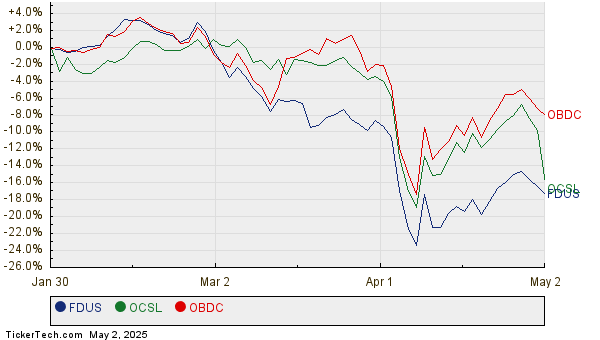Pfizer Faces Market Challenges Amid Product Sales Decline
Pfizer Inc. (PFE), based in New York, specializes in discovering, developing, manufacturing, marketing, distributing, and selling biopharmaceutical products. The company’s market capitalization stands at $134.9 billion, with a diverse portfolio that includes medicines, vaccines, medical devices, and consumer healthcare products addressing oncology, inflammation, cardiovascular issues, and other therapeutic areas.
Market Performance and Comparisons
Over the past year, Pfizer’s stock has underperformed compared to the broader market. Specifically, PFE’s shares have declined by 4.7%, while the S&P 500 Index ($SPX) has seen an increase of approximately 10.6%. Year-to-date, PFE is down 8%, contrasting with SPX’s decline of 5.3%.
When compared to the Invesco Pharmaceuticals ETF (PJP), Pfizer’s struggles become even clearer. The ETF has gained about 6% during the same period, even with its slight decline year-to-date, which highlights Pfizer’s single-digit losses.
Factors Impacting Performance
Several factors contribute to PFE’s recent underperformance. The discontinuation of the obesity pill danuglipron due to safety issues and a drop in sales for key products like Prevnar, Xeljanz, Eliquis, and Ibrance are significant challenges. Upcoming changes in Medicare Part D and the expected loss of patent exclusivities will also likely affect sales. Furthermore, the downturn in sales of COVID-19 products and RSV vaccines adds to Pfizer’s difficulties. In a shifting macroeconomic environment, the company has refrained from providing estimates on the potential impacts of tariffs and trade policy changes, unlike competitors Johnson & Johnson (JNJ) and Merck & Co., Inc. (MRK), which have projected significant costs affecting their MedTech businesses—an outcome that could similarly affect PFE.
Recent Financial Results
On April 29, PFE shares rose over 3% following the release of its Q1 results. The company reported an adjusted EPS of $0.92, surpassing Wall Street’s forecast of $0.64. However, its revenue of $13.7 billion fell short of expectations, which were set at $13.8 billion. Looking ahead, Pfizer anticipates full-year adjusted EPS in the range of $2.80 to $3 and revenue between $61 billion and $64 billion.
For the current fiscal year ending in December, analysts project a 2.9% decline in PFE’s EPS to $3.02 on a diluted basis. Notably, the company has a strong earnings surprise history, beating consensus estimates in each of the last four quarters.
Analyst Sentiment
Among the 23 analysts following PFE, the consensus rating is a “Moderate Buy.” This includes eight “Strong Buy” ratings, 14 “Holds,” and one “Strong Sell.” This outlook marks a slight downgrade from a month ago when nine analysts had rated PFE as a “Strong Buy.”
On April 29, Akash Tewari, an analyst with Jefferies Financial Group Inc. (JEF), maintained a “Buy” rating on PFE, setting a price target of $32, which signifies a potential upside of 31.1% from current levels. Meanwhile, the mean price target of $28.67 reflects a 17.5% premium to PFE’s market price, and the highest price target of $35 suggests an ambitious upside potential of 43.4%.
On the date of publication, Neha Panjwani did not have (either directly or indirectly) positions in any of the securities mentioned in this article. All information and data in this article is solely for informational purposes. For more information please view the Barchart Disclosure Policy here.
More news from Barchart
The views and opinions expressed herein are the views and opinions of the author and do not necessarily reflect those of Nasdaq, Inc.

